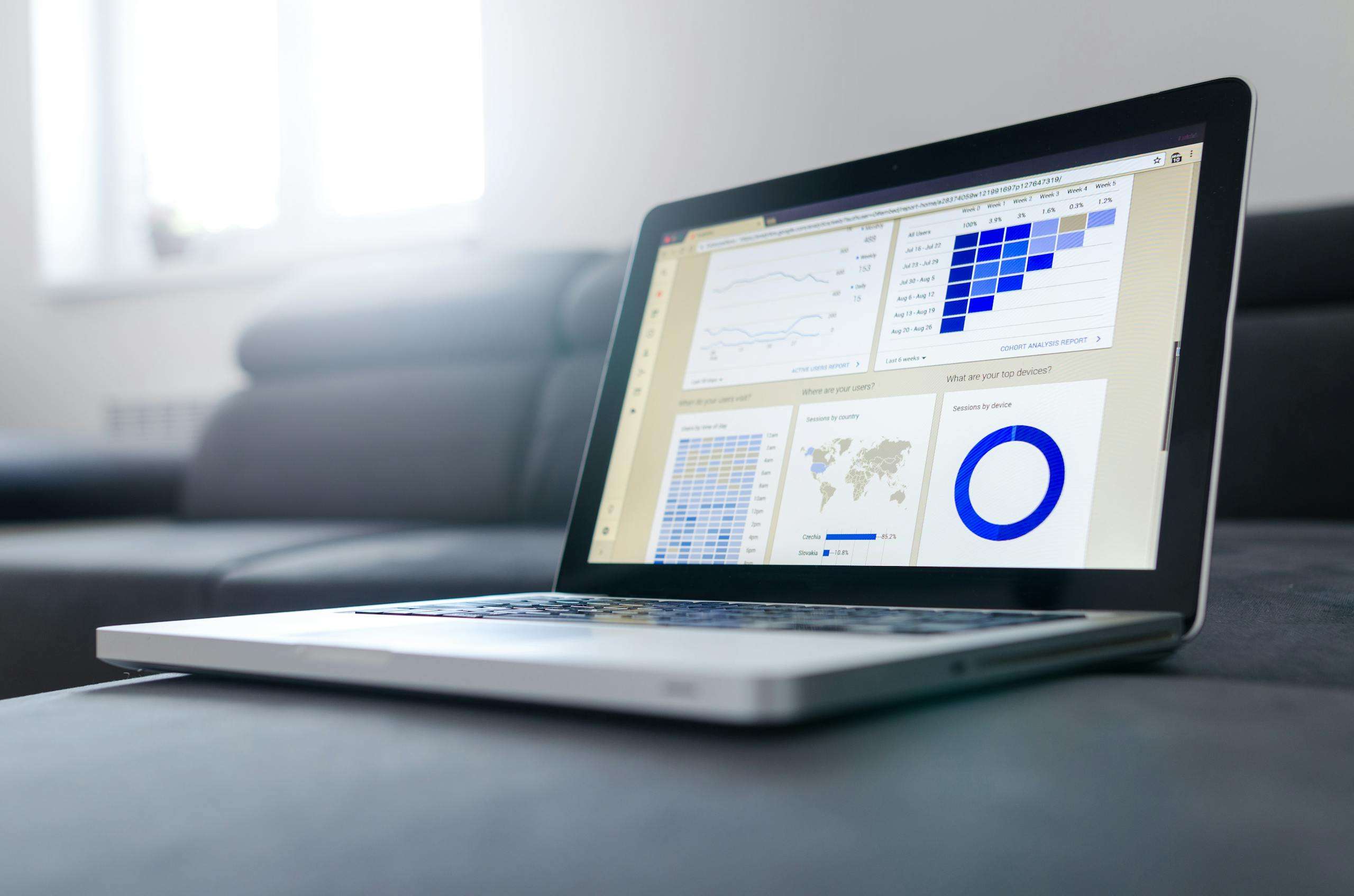5 Fascinating Facts You Didn’t Know About the Internet! 🌍
The internet is something we use every single day—often without thinking twice. Whether you’re scrolling through Instagram, sending emails, watching Netflix, or reading this blog post, the internet is working quietly in the background, connecting the world in real time. But behind that screen lies a fascinating, complex system that most people barely understand. Sure, you know how to type in a web address, but do you know how the internet actually started? Or how much of it is hidden from the public eye?
This article dives deep into five jaw-dropping facts about the internet that are guaranteed to surprise you. You’ll learn about secret corners of the web, shocking stats, and the hidden tech powering your daily clicks. From cables under the ocean to the invisible “deep web,” we’re taking you on a digital adventure.
Whether you’re a tech enthusiast, a curious student, or someone who just loves random facts, these insights will make you look at the online world in a completely different way.
Get ready to impress your friends, upgrade your trivia game, and maybe even appreciate your Wi-Fi a little more. Let’s explore 5 fascinating facts you didn’t know about the internet! 🌍
1. 90% of the Internet Is Hidden from You
Believe it or not, the websites you access daily—Google, YouTube, TikTok, Wikipedia—only make up a tiny portion of the actual internet. Most of it exists in the “deep web.”
This includes content not indexed by search engines: private databases, academic journals, internal company pages, and more. Then there’s the darker side—the “dark web”—which is encrypted and requires special browsers like Tor to access.
It’s estimated that the visible web (the one we all use) is just 10% of the total internet. Imagine looking at an iceberg and realizing most of it is hidden beneath the surface!
2. There Are 1.1 Million Kilometers of Cables Under the Ocean
When we think “internet,” we usually think of satellites or Wi-Fi, but most global data actually travels through undersea fiber-optic cables—stretching over 1.1 million kilometers!
These cables connect continents and carry everything from emails to YouTube videos. They’re installed by huge ships and are carefully protected to avoid damage from ships, sharks (yes, really), and earthquakes.
Without these underwater highways, international communication would be slow, expensive, and unreliable.
You can even view current cable routes on SubmarineCableMap.com. It’s a mind-blowing look at the skeleton of our digital world.
3. The First Ever Email Was Sent in 1971
Long before TikTok dances and meme wars, the internet’s first baby step was… an email. In 1971, computer engineer Ray Tomlinson sent the first-ever email between two machines side-by-side.
He used the “@” symbol to distinguish the user from the host—something that’s now a standard in every email address on Earth.
The message? Something boring and forgettable—Tomlinson himself couldn’t even remember it. But that small step changed global communication forever.
Today, over 300 billion emails are sent daily worldwide. Imagine explaining that to someone in the ’70s!
4. The Internet “Weighs” As Much As a Strawberry
This one is purely fun and a bit mind-bending. A physicist once calculated the theoretical weight of all the electrons used to power the internet at a given time. The result? Around 50 grams—roughly the weight of a large strawberry!
Of course, the internet isn’t a physical object. But this playful fact highlights how tiny the particles carrying your videos, chats, and emails are.
It also reminds us how much impact something so “invisible” can have on every aspect of life—from education to politics.
5. Google Uses AI to Predict What You’ll Type—Before You Do
Ever start typing a search and feel like Google is reading your mind? That’s because it kind of is.
Google uses advanced machine learning models trained on billions of previous searches. These AI tools predict what you’re likely to search based on your location, trends, language, and even time of day.
This “autocomplete” saves users thousands of years of typing time daily. Crazy, right?
AI doesn’t just make things faster—it shapes the way we think, search, and consume information online.
Bonus Fact: There’s an Entire Day Dedicated to Celebrating the Internet
Did you know that October 29 is officially “Internet Day”? It marks the date in 1969 when the first successful message was sent over ARPANET—the predecessor to the modern internet.
It was a simple message: “LOGIN.” But the system crashed after “LO.” So technically, the first internet message was just “LO.”
It’s kind of poetic, right? The internet said “hello” with a “LO.”
Conclusion
The internet is more than just a tool—it’s a technological marvel filled with surprising stories and hidden layers. From cables beneath the ocean to AI predicting your next search, it’s clear that this digital world is far more complex and fascinating than it appears.
By learning more about how it works, you not only become a smarter user but also gain a greater appreciation for the invisible network that connects us all.
Want to learn more fun facts and be part of a global learning community? 👉 Join our WhatsApp community here and stay updated with more amazing content.


